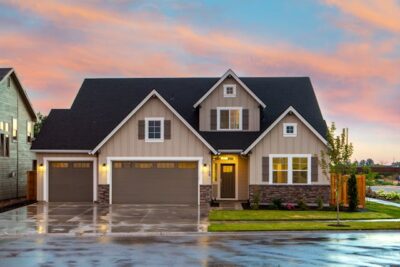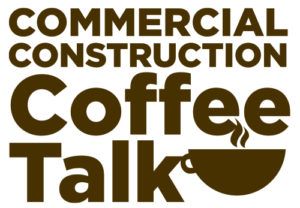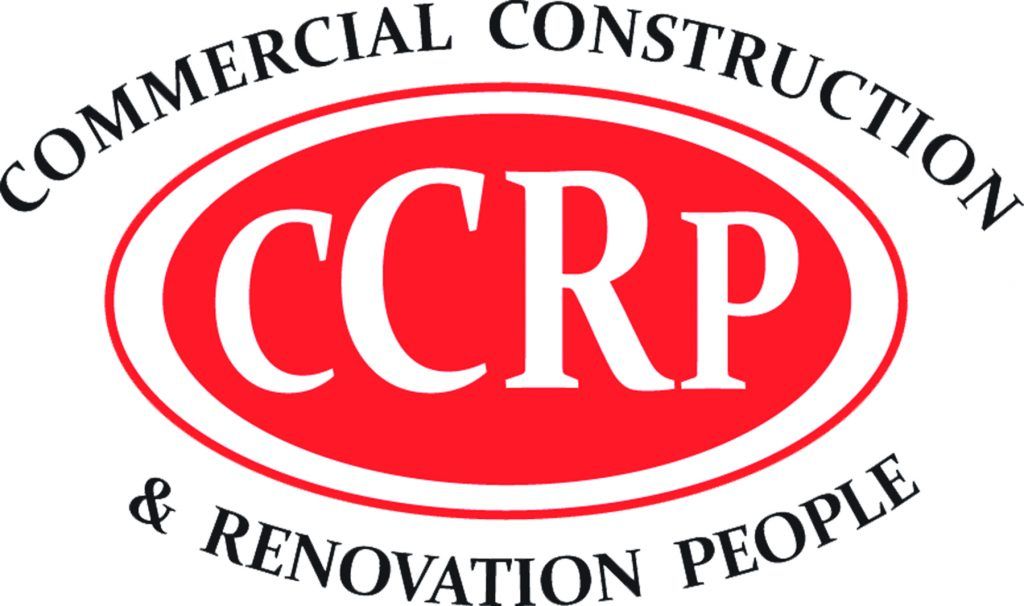Buying a home is an exciting process, but it’s rarely as simple as picking the perfect house and moving in. Every buyer faces decisions about what they can afford, what they truly need, and where they might need to make sacrifices. It’s easy to picture an ideal home—spacious rooms, high-end finishes, and a great location—but in reality, compromises are often necessary.
In South Carolina, the real estate market varies significantly by region. Coastal areas like Charleston and Hilton Head tend to have higher property values, while cities like Columbia and Greenville offer more affordable options. The state also has a growing population driven by job growth and a lower cost of living compared to many other states. This demand can make it competitive for buyers, especially in sought-after neighborhoods. Additionally, South Carolina has property tax rates below the national average, which can be a financial advantage for homeowners. However, homeowners’ insurance costs—particularly in coastal areas prone to hurricanes—can be higher than expected.
Understanding these local factors is important when deciding where to compromise and how to budget effectively.
Budget and Financing: Finding a Smart Middle Ground
One of the biggest mistakes homebuyers make is focusing only on the listing price. A home’s cost extends far beyond its purchase price, including interest rates, property taxes, homeowners insurance, and maintenance. Unexpected repairs or renovations can quickly add to expenses, especially if a home requires updates.
Before starting a home search, it’s important to calculate an affordable budget and get preapproved for a mortgage. The interest rate on a loan plays a major role in overall affordability. Higher rates mean higher monthly payments, which can limit the price range a buyer can realistically afford. Exploring different loan options and comparing offers can help buyers find financing that aligns with their budget. For those purchasing in the state, South-Carolina mortgage rates will determine how much house they can afford and what their long-term costs will look like. Keeping an eye on rate trends and working with a lender to secure the best possible deal can make a significant difference in overall affordability.
While it’s tempting to stretch finances for the ideal house, buyers should leave room for unexpected costs. Owning a home comes with maintenance, repairs, and potential market fluctuations. A home that is slightly below budget allows for financial flexibility and long-term security.
Location vs. House Size: What Matters More?
The location of a home affects everything from resale value to quality of life. A property in a desirable area with access to good schools, amenities, and job opportunities is likely to appreciate over time. However, these homes often come with a higher price tag, which can make it tempting to look at larger homes in less popular areas.
While extra space is appealing, it’s important to consider the long-term impact of choosing size over location. A longer commute, fewer local amenities, or a neighborhood that doesn’t meet lifestyle needs can lead to frustration. In some cases, opting for a smaller home in a prime location can be a better investment than a larger home in a less convenient area.
This is why many buyers explore alternatives such as apartments in Boise, Idaho, which offer affordability without sacrificing access to key amenities and job opportunities.
For buyers who are flexible, looking at up-and-coming neighborhoods can be a good compromise. These areas may offer more affordable options while still providing potential for future growth and increased property value.
New Construction vs. Older Homes: Weighing the Pros and Cons
New construction homes attract buyers with their modern layouts, energy-efficient features, and minimal maintenance needs. They often come with builder warranties, reducing the risk of unexpected repair costs in the first few years. However, they also tend to have higher prices and may lack the character or larger lot sizes found in older homes.
Older homes, on the other hand, often have unique architectural details, mature landscaping, and more spacious yards. However, they may require updates, such as electrical or plumbing work, roof repairs, or cosmetic renovations. Buyers considering an older home should budget for potential repairs and factor in the costs of necessary upgrades.
Some local buyers—especially those who prefer simpler transactions or fixer-upper opportunities—turn to companies that specialize in quick purchases, like those who say we buy houses in Chicago, to streamline the process.
When deciding between new and old, it’s important to consider lifestyle needs. A move-in-ready home may be ideal for those who prefer minimal upkeep, while those willing to invest time and money into renovations may find value in an older property.
Must-Have Features vs. Nice-to-Have Upgrades
Many buyers start with a long wish list of home features, but not all of them are important. Distinguishing between must-haves and features that can be added later helps buyers stay within budget.
Functional elements like layout, natural light, and storage space are difficult to change, making them more important considerations. On the other hand, finishes such as countertops, flooring, and appliances can be upgraded over time. Choosing a home with a solid foundation and practical design is often a better investment than one with trendy features that may become outdated.
Instead of fixating on high-end upgrades, buyers should focus on features that impact daily comfort. A well-designed floor plan and ample storage will have a greater long-term impact than luxury materials.
Outdoor Space vs. Indoor Space: Prioritizing Your Lifestyle
A large yard is appealing to many buyers, but maintaining outdoor space requires time and effort. In some cases, a smaller yard with access to nearby parks or green spaces can be a better option.
For buyers who enjoy entertaining or spending time outdoors, a patio or deck can be a valuable feature. On the other hand, those who prefer low-maintenance living may prioritize indoor space over outdoor areas. Understanding how a home’s layout and yard size fit into daily life helps buyers make a practical choice.
Many buyers start the home search with an ideal vision, only to realize that compromises are inevitable. The key is knowing what truly matters—budget, location, and long-term comfort—while staying realistic about what can be adjusted over time.
By prioritizing financial stability and making informed choices, buyers can find a home that meets their needs without overextending themselves. A home doesn’t have to check every box to be the right fit—it just needs to feel like the right place to call home.


























